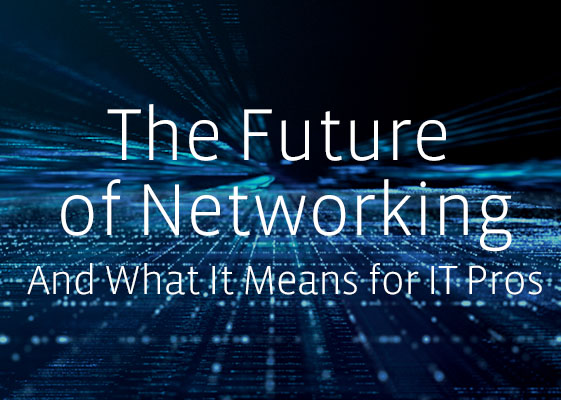New Research Reveals State Tech Leaders Are Thinking More Like Private Sector Peers
Each year, CompTIA and our partners from Grant Thornton and the National Association of State Chief Information Officers (NASCIO) survey Chief Information Officers from all 50 states in the U.S. and each year, we learn a little bit more about how they approach their jobs – from dealing with elected officials to what IT projects they most want to launch in their respective states.
We gathered great details on how CIOs approach managing projects, people and elected officials. We also asked about what technologies they see in their futures. You can download and read the entire report here.
For tech companies with existing state customers or for companies looking to break into the state market for tech products and services, the results from our annual survey are a must-read.
Shifting Approach to Tech
An interesting issue that has evolved over the last several years is the adoption of alternative software development approaches. Within states, there is a move away from extended, traditional waterfall lifecycle development projects toward the rapid delivery of software in an incremental fashion, often using Agile software development techniques – mirroring trends in the private sector.
This opens up more state agencies as potential customers as they become more aligned with how the private sector approaches technology projects.
Another area where government and private sector appear to be aligning is how they view emerging technology – specifically pushing more services online and beyond.
Digital transformation has taken on a broader definition than simply moving state government to online services. State leaders aspire to deliver seamless citizen transactions, increase citizen engagement, provide more mobile services, establish common online identities, and enable crowdsourcing and digital assistants to help navigate government services.
The question remains, however, on just who in the state should drive those efforts. More than 80 percent of respondents believe the state CIO should lead or at least participate in policy setting, while more than 70 percent believe the state CIO should set the overall direction.
Changes in How Money Is Spent
As we have in previous years, we asked CIOs how they would characterize their state’s use of innovative funding, procurement and contracting models.
We discovered that state legacy modernization projects are increasingly structured around modular or incremental deployment of functionality, versus a large monolithic Design Development and Implementation (DD&I) phase. In fact, almost two thirds of states are already using such approaches, with another quarter either planning or consider their use.
We also asked CIOs to what extent is their state was adopting modular procurement and contracting for legacy modernization projects. This would involve modules or releases for a solution being contracted individually, versus a more traditional single system integrator contract for the entire modernization project.
We learned that modular procurement and contracting is quite widespread, although not yet as widely used as modular funding. However, in addition to the 48 percent currently employing the practice, 40 percent are either planning or considering it, so it could soon become as commonplace.
What Are State CIOs Buying Next
Every year we want to know more about what’s on the horizon for states when it comes to purchasing and implementing new and emerging technologies. We saw some big changes in this year’s survey regarding what CIOs consider to be the most important and impactful emerging technology in the next three to five years.
Over half -- 57 percent -- of respondents said artificial intelligence / robotic process automation will have the most impact over the next three to five years in their states. This is up significantly from last year’s survey, in which only 29 percent selected AI.
Meanwhile, interest around the Internet of Things (IoT) fell from 43 percent to 27 percent.
When CIOs were asked if they were planning to deploy some form of automation software, 44 percent said these efforts were complete, in-progress or planned. Another 29 percent were considering deploying automation software, while a small number either had no plans or were unsure.
Managing More Than Technology
CIOs consistently ranked communication, relationship-building, and strategic thinking as the most critical leadership traits for a successful CIO today. In contrast, technology expertise was ranked ninth.
When we asked CIOs for lessons learned that could be shared with new or incoming CIOs, a consistent picture emerged from the results. Key advice that many CIOs shared was the need to build strong relationships with key stakeholders at the governor’s office, agency and legislative level, and to develop a strong understanding of the budget process and relationships with the budget office.
A focus on enterprise vision and strategy, security and risk management, and agency customer service and relationship management were viewed as the most critical dimensions to make a difference.
The bottom line is: State CIOs are looking for the best possible technology solutions in order to improve internal processes and deliver better services to their citizens.
You can read the complete report and further analysis by downloading it here.




0